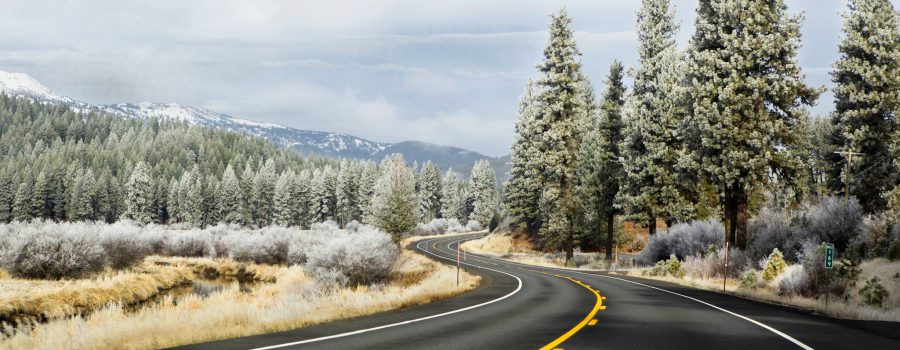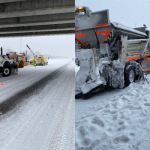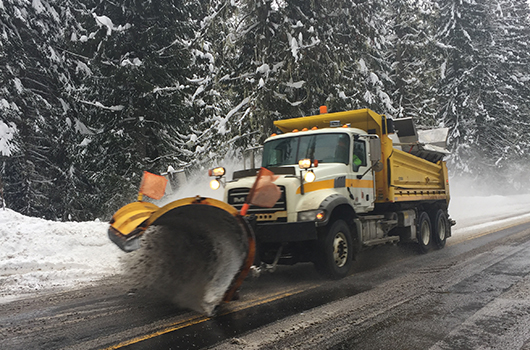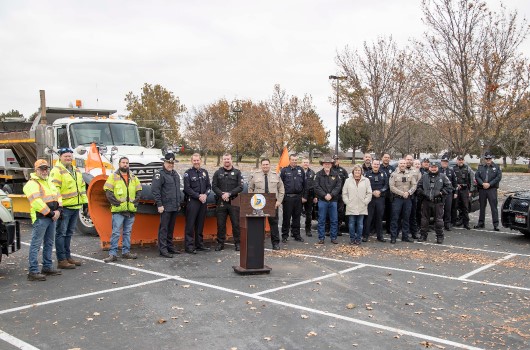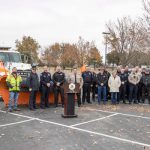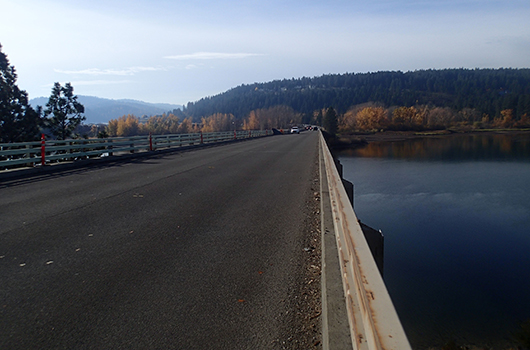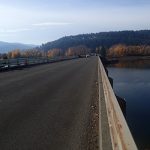2022 sees reduction in Idaho traffic fatalities, grants available to continue the trend
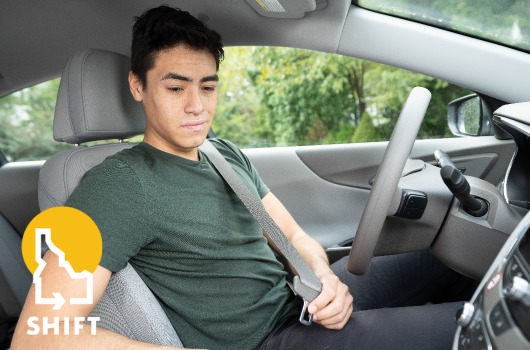
BOISE – Idaho saw a reduction in traffic fatalities in 2022. Last year, 219 people were killed in crashes on Idaho roads, according to preliminary data from the Idaho Office of Highway Safety (OHS). This is a 19 percent decrease from 271 deaths in 2021.
“It is nice to see progress, but 219 distinct tragedies show we still have a lot of work to do,” said OHS Manager Josephine Middleton. “These deaths have a profound impact on families, friends, and communities. We want to work with partners across the state to prevent future tragedies.”
OHS is accepting grant applications for Federal Fiscal Year 2024 (October 2023-September 2024). The goal is to eliminate deaths and serious injuries resulting from motor vehicle crashes by helping fund traffic safety projects. Local governments, law enforcement, school districts, colleges, universities, and non-profits are all encouraged to apply. Examples of past grant projects include enhanced police patrols for impaired driving, Seat Check Saturday for child passenger safety, pedestrian and bike safety education, and more.
Grant proposals must focus on influencing positive driver behavior.
“We know most Idahoans want to do the right thing behind the wheel. It’s who we are,” said Middleton. “These grants are about empowering people by providing the knowledge and resources to make their communities safer places to walk, bike, and drive.”
Applications are open now and close on February 28, 2023. Virtual pre-application training is available on Wednesday, January 25, at 9 a.m. MST and Thursday, February 2, at 2 p.m. MST. Email OHSTraining@itd.idaho.gov to register.
Go to https://itd.idaho.gov/safety/?target=grant-programs-funding to learn more and apply for a grant.





